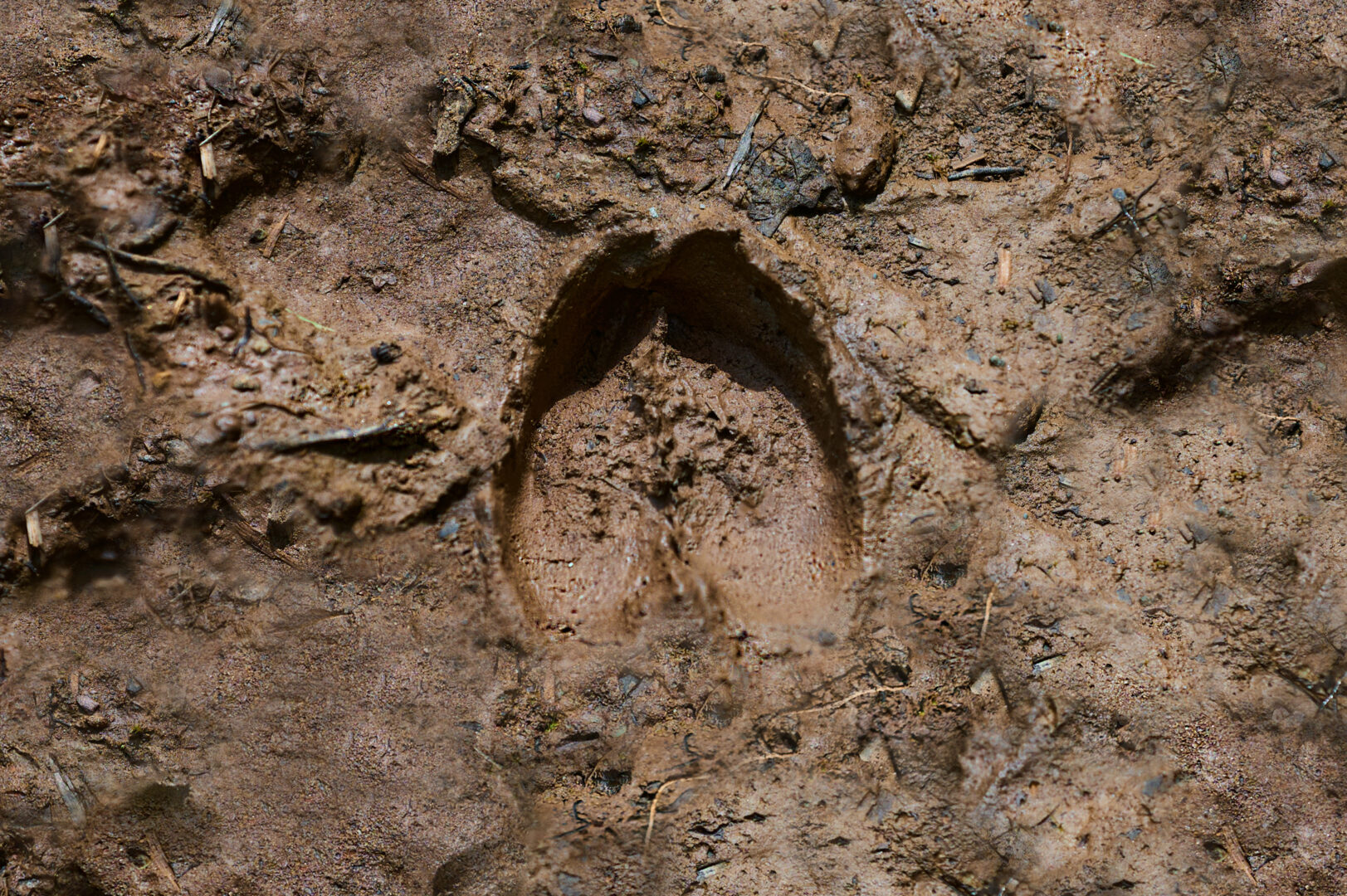Proteins are essential to good health. They are the building blocks of life and take a prominent place in our diets. But all good things come at a price and protein production is not without a climate impact. Only recently have we started to look at the carbon footprint of the food we eat. One of the conclusions is that beef lovers can make a more sustainable choice.
In 2018, Science, one of the world’s leading scientific journals, published the results of a comprehensive study into the CO2 impact of forty different sources of protein. The researchers, Joseph Poore and Thomas Nemecek, analysed data from more than 38,000 commercial food products across 119 countries and determined the climate impact of each. Their research used average values, so there can be variations at local level. Nonetheless, the recent visualisation of the research results from the ourworldindata.org website presents a clear image.
60% lower carbon footprint
‘Cutting back on how much beef and lamb you eat or switching to lower impact meat is the most efficient and effective way of lowering your CO2 footprint. But for anyone who enjoys a good piece of beef, there’s another option. The meat from dual-purpose cows has a footprint that is more than 60% lower than that of cattle raised for their meat alone. The gain comes from the following calculation: because the emissions are apportioned between everything a cow produces across her lifetime, the footprint of former dairy cows is ‘shared’ with the total milk products they have supplied over the years.
The most sustainable beef option
More than half, indeed 56% of all the beef that is consumed worldwide, comes from cattle that are raised for their meat alone. Dual-purpose cows make up the rest, and the expectation is that their share will only increase. Especially now that it’s been scientifically proven that dual-purpose meat is the most sustainable choice in beef.
*Source Science: https://www.science.org/doi/10.1126/science.aaq0216





